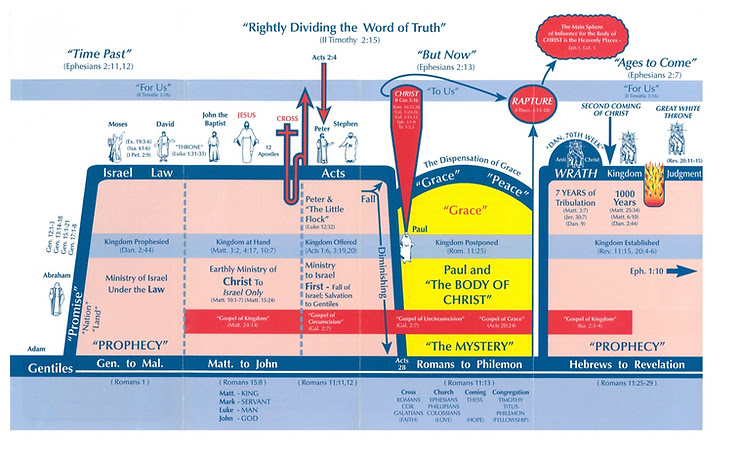Rightly Dividing the Word: How Understanding “When” and “To Whom” Makes the Bible Come Alive
Summary: Many people struggle with what seem like contradictions in Scripture—especially between Peter’s call to repentance and Paul’s message of grace. But when we read each passage in its proper context, audience, and time, those apparent conflicts disappear. God is unchanging, but His dealings with humanity unfold in stages.
The Wisdom of an Early Bible Translator
Centuries before study aids and commentaries, Miles Coverdale (1488–1569)—the first man to print the complete English Bible—offered this timeless guidance:
“It shall greatly help ye to understand the Scriptures if thou mark not only what is spoken or written, but of whom and to whom, with what words, at what time, where, to what intent, with what circumstances, considering what goeth before and what followeth after.”
In today’s English, Coverdale was saying:
You’ll understand the Bible much better if you pay attention not only to what is written, but also to who is speaking, to whom it’s spoken, when and why it was said, and what comes before and after it.
This principle is the heart of 2 Timothy 2:15, where Paul calls us to “rightly divide the word of truth.”
Peter & Paul — Two Distinct Stages, One Unified Message
One classic difficulty is comparing Acts 2:38 (Peter) with Ephesians 2:8–9 (Paul):
- Peter: “Repent and be baptized… for the forgiveness of sins.”
- Paul: “By grace you are saved through faith… not by works.”
If read without distinction, they look contradictory. But when you apply Coverdale’s method:
- Peter was addressing Israel, calling them to repent for rejecting their Messiah (Acts 2:36).
- Paul later revealed the Gospel of Grace — salvation offered to everyone by faith, apart from external works.
It’s not a contradiction — it’s progressive revelation, God unfolding His plan over time.
God Is Unchanging — But His Methods Vary Across History
As it’s often said: “God is the same in ages past, today, and tomorrow, but works by different methods at different times.”
Here’s how Scripture shows that:
- Under Moses, He gave the Law.
- In Christ’s earthly ministry, the Kingdom was offered to Israel.
- Through Paul, the mystery of grace was revealed.
- In the ages to come, God will fulfill His promises to Israel.
Ephesians 2 clearly frames it: “Time Past,” “But Now,” and “Ages to Come.” Understanding those distinctions transforms the Bible from a confusing puzzle into a unified story.
The Power of Right Division
“Rightly dividing the Word” doesn’t mean dividing people — it means discerning how God’s revelation is structured. When we apply that, we stop forcing every Scripture into our present moment and instead see how each passage fits into God’s plan through history. We begin to study like the Bereans in Acts 17:11 — testing everything against Scripture, letting the Bible interpret itself.
Closing Thought
When we follow the wisdom of Coverdale and the apostolic command to rightly divide, Scripture becomes clear and consistent. No longer does it feel contradictory. Instead, the Bible unfolds as one perfect revelation — pointing to Jesus Christ, the center of it all.
Ephesians 2:8 — “For by grace are ye saved through faith; and that not of yourselves: it is the gift of God.”

No comments:
Post a Comment